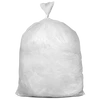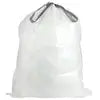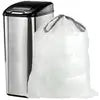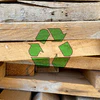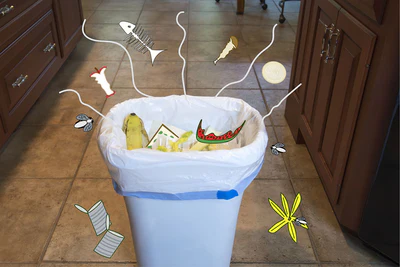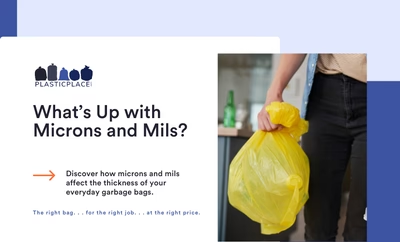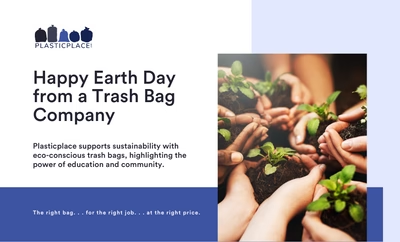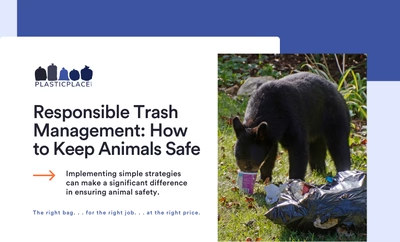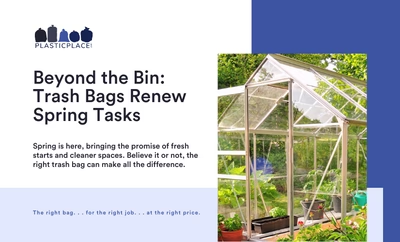Fifty years ago, the movie The Graduate advised us that a great and promising future lay encapsulated in a single word: “Plastics!” The intervening generations seem to have taken this vision seriously – maybe a little too seriously. Now plastic threatens to overwhelm the oceans and saturate the seas: over 165 million tons of plastic resides in the world’s waters, and eight million tons continue to leak in each year. By 2050, the World Economic Forum (WEF) estimates, the ocean will contain more plastic than fish. This plastic deluge causes immeasurable damage to ocean life, and endangers humans as well. But we can take steps to help – by preventing plastic pollution and helping clean up the coasts. And, as a species, we may still be able to turn the tide away from this dangerous course.
Plastic was first invented in the mid-1800s, and it has been mass-produced since the end of World War II. Plastic is durable, lightweight, and essential for many of our needs, from medical devices to electronics to aerospace. And, of course, plastics underwrite our modern life of convenience, enabling single-use, throwaway consumer items like candy wrappers and cigarette butts.
The average person produces half a pound of plastic waste each day, so we are each part of the problem. Ellen Macarthur of the Macarthur Foundation estimates that almost one-third of used plastic packaging is “lost – it’s not incinerated, it’s not landfilled… it goes down rivers and ends up in streams.”
One alarming phenomenon is the “Great Pacific Garbage Patch” – a stretch in the North Pacific the size of Texas with a high concentration of floating debris, solid garbage islands, and a soupy, plastic-infused consistency. In fact, garbage patches exist in five major ocean basins, drawn there by circular currents called “gyres.” But floating garbage is only the tip of the iceberg – most plastic waste simply sinks into the deep. Out of sight, out of mind; but hardly free from consequences.
Let’s follow the adventurous journey of plastic marine debris. The Natural Resources Defense Council estimates that around 80% of marine debris originates on land; the other 20% originates from offshore dumping. A piece of plastic enters the main sewer system – for example, it is flushed down a toilet or washed by rain into a street drain. Often, water treatment plants fail to catch trash: “a staggering 32% of plastics escape collection systems,” WEF reports. This process is called “leaking.” The plastic then might enter a river or lake, and ultimately float out to sea. It will break down into increasingly tinier pieces, called “microplastics,” but it won’t degrade entirely. Once in the sea, the vast majority of plastic will sink, because most plastics – styrenes, nylons, polyesters, polyurethane, vinyl – have higher densities than that of seawater. After it has sunk to the ocean floor, what happens to the plastic is a mystery. "The accumulation of plastic in the deep ocean would be modifying this enigmatic ecosystem before we can really know it," says marine ecologist Andrew Cozar Cabanas.
Plastic takes thousands of years to decay. It is poisonous to fish and wildlife: seabirds, whales, and other marine life that ingest it die from choking, intestinal blockage, and starvation. Plastic also acts as a “pollution sponge,” transporting toxins and dangerous life forms throughout the sea. Chemicals and pollutants enter the food chain and endanger human health, in a circle of toxicity.
What can be done to address the problem? Interestingly, Asia accounts for more than 80% of total plastic leakage into the ocean. In 2015, the Ocean Conservancy recommended improving waste management systems in the five developing countries most responsible for plastic leakage into the ocean: China, Indonesia, the Philippines, Thailand and Vietnam. In these countries, waste infrastructure hasn’t kept up with rapid industrialization, and inefficient garbage disposal and illegal dumping are rampant. “We can concentrate on the places where the plastic is hitting the ocean,” says Andreas Merkl, CEO of the Ocean Conservancy. “Five countries would solve half the problem.” What more can be done? “The New Plastics Economy” may sound like an 80s new-wave band, but it is in fact a very serious proposal from WEF designed to make sweeping changes to the way plastics are used, processed, and even conceptualized. Its “overarching vision” is that “plastics never become waste,” rather re-entering the economy as valuable resources. The plan emphasizes the following measures: recycling; drastically reducing plastic leakage; and eventually “decoupling from fossil feedstocks” – or innovating a new plastic production out of renewable resources. Though this may take many years, “the time to act is now.” Tired of waiting for the Powers That Be to strike? For more steps that you can take to help clean the ocean, see Part II of this post.
The festering problem of marine debris has been allowed to “float” this long because the problem is too big, too remote, and too expensive for any single government to tackle – it is estimated that 67 boats could clean less than 1% of the North Pacific Ocean in a year, at prohibitive cost. Charles Moore, discoverer of the Great Pacific Garbage Patch, warns that “all the king's horses and all the king's men will never gather up all the plastic and put the ocean back together again.”
Because marine debris is a planetary problem, we must accept that plastics are a semi-permanent feature of our aquatic landscape, at least for now. But with concentration and coordination, perhaps we can prevent the problem from degrading further in the future.
And what are today’s graduates being counseled is the great hope of tomorrow? Perhaps they now hear: “There’s a great future in cleaning up plastics!”
 4.9 out of 5
4.9 out of 5 












